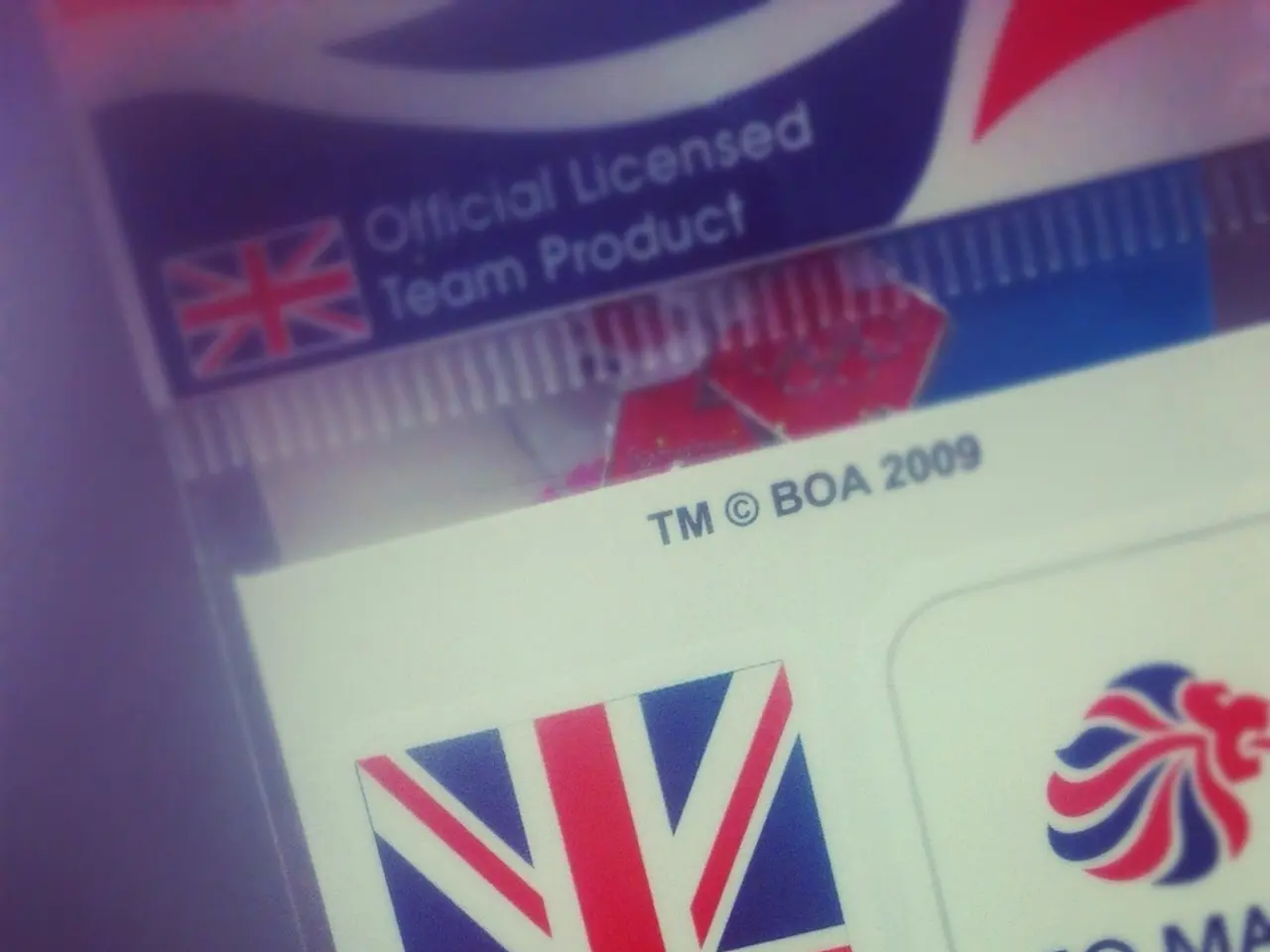Austrian Introduction of Electronic Resident Permit
In a significant move towards enhancing security and streamlining administrative processes, Austria introduced the electronic residence permit for foreigners on 1st July 2011. This modern, credit-card format permit serves as a secure, standardized authorization for residence and work purposes.
Requirements:
The permit is issued by the Austrian Ministry of Interior following a successful immigration and residence application. To qualify, foreign nationals must have a valid reason for residence, such as work, study, or family reunification. They are also required to prove sufficient financial means to support their stay without relying on public funds. Although no fixed minimum amount is specified, the purpose, type, and duration of stay are considered during the assessment. Valid identification documents and any relevant visas must be presented during the application process. The permit includes biometrics and is tied to an electronic database, increasing security and reducing fraud risk.
Benefits:
The electronic residence permit offers several advantages. It simplifies the verification of the holder's status by authorities, improving administrative efficiency. It also facilitates free movement within the Schengen Area under certain conditions, aligning with EU residence policies. The permit replaces older paper permits with a more tamper-resistant, electronically readable card, enhancing security for both the holder and the issuing authorities.
The permit is valid for various durations depending on the applicant’s status, ranging from 1 year for researchers to up to 5 years for EU Blue Card holders. It can include notes on specific conditions such as work permits or international protection statuses. The permit also supports integration into social security and tax systems by clearly establishing legal residency status, aiding in applications for numbers such as social security IDs.
This electronic permit is an essential update to Austria’s residence system as part of wider EU regulations to improve mobility, security, and legal clarity for foreigners residing in Austria. It reflects broader Schengen and EU standards for residence permits introduced in the 2010s.
Note: Specific procedural details for application and exact requirements may vary based on the applicant category (worker, student, researcher, family member, etc.) and current Austrian immigration law, so consulting the Ministry of Interior or official portals is recommended for up-to-date instructions.
The goal of harmonizing EU residence permits for third-country nationals is to strengthen the link between the document holder and the document using biometric data. The electronic residence permit card aims to prevent misuse and strengthen security measures in the EU. The cardholder's address is printed on the back of the electronic residence permit card to facilitate police checks.
The new electronic residence permit card in Austria is produced by OeSD (Austrian Identity Card Authority) on behalf of the Austrian Federal Ministry of the Interior. The data stored on the chip of the electronic residence permit card can only be accessed with the physical presence of the card. It is not possible to read the data from the electronic residence permit card via the Internet.
In summary, the electronic residence permit is an integral part of the broader effort to harmonize EU residence permits for third-country nationals, aiming to prevent misuse and strengthen security measures in the EU.
- The new electronic residence permit card, produced by OeSD, is designed to prevent misuse and strengthen security measures within the EU by integrating biometric data and storing data that can only be accessed with the physical presence of the card.
- The innovative technology used in the electronic residence permit card aligns with EU regulations, aiming to streamline administrative processes and enhance security by providing a more secure, electronically readable card that replaces older paper permits.




